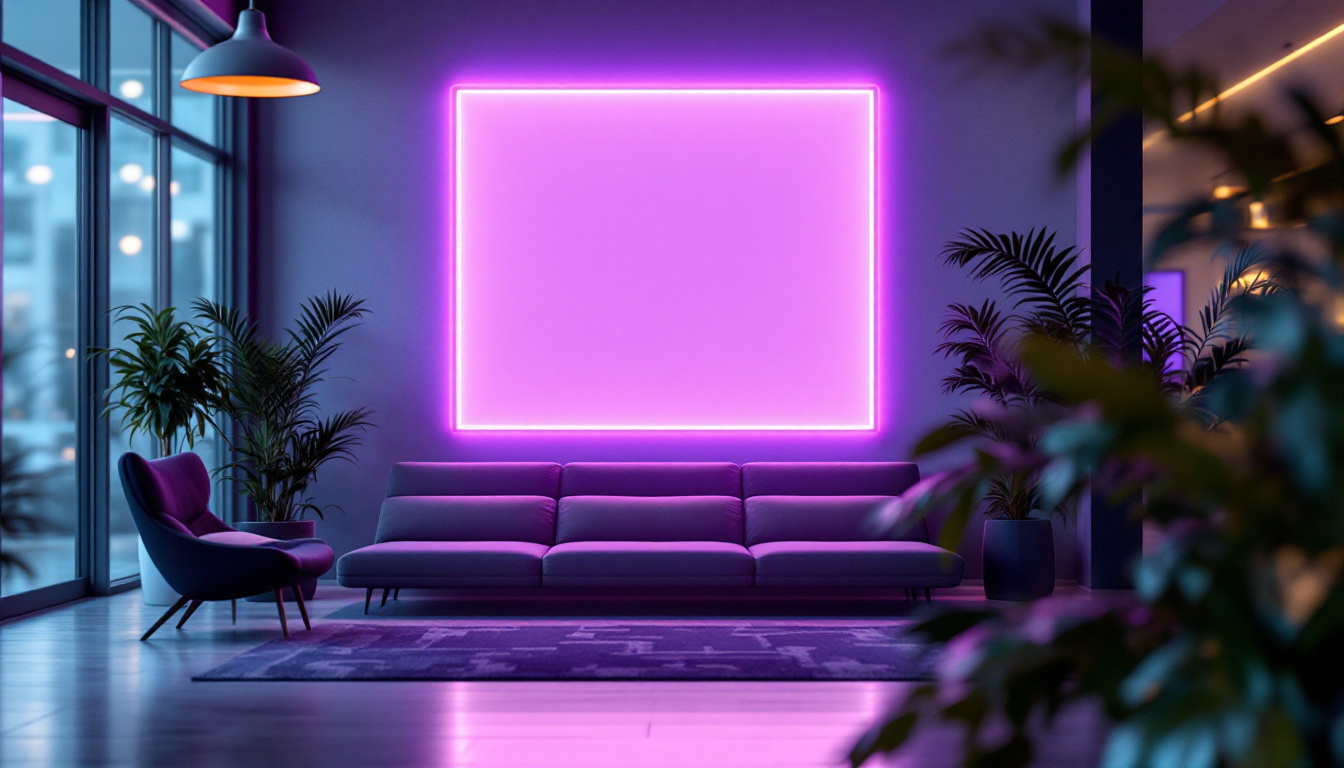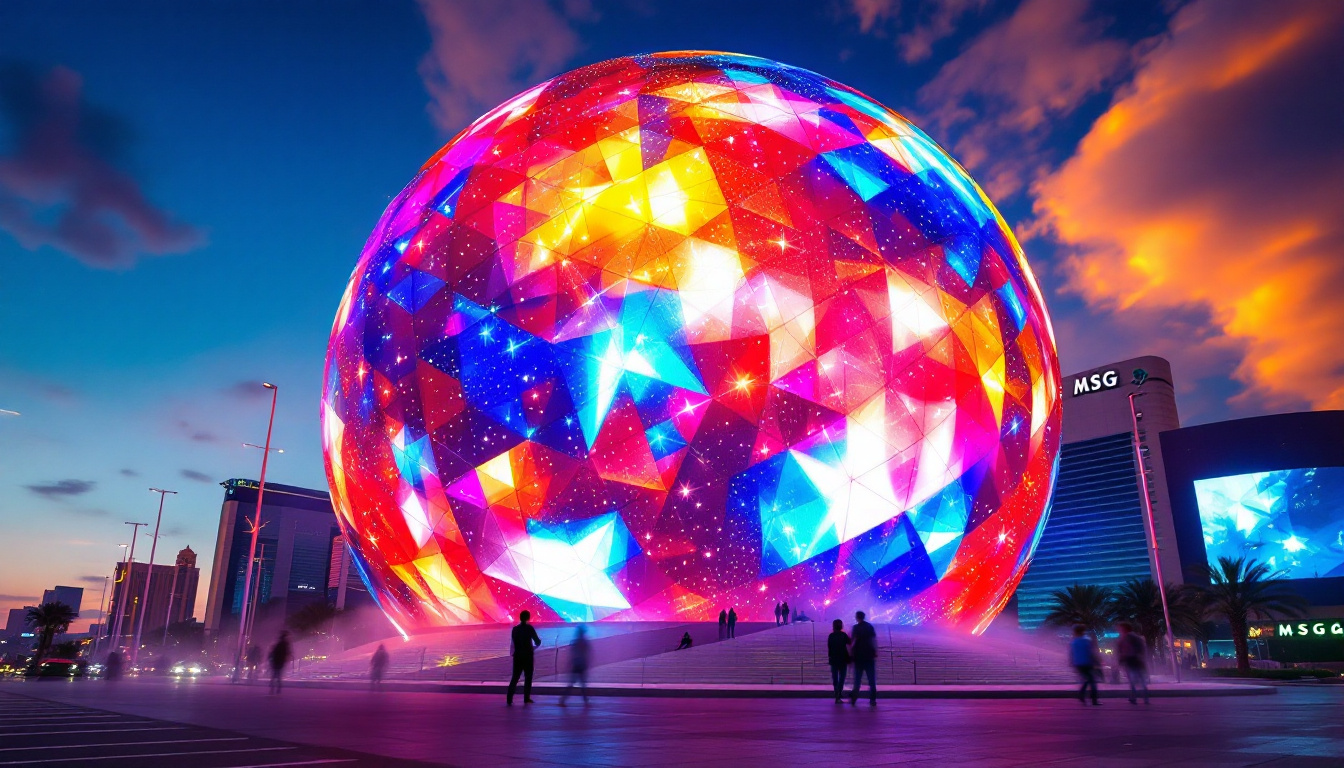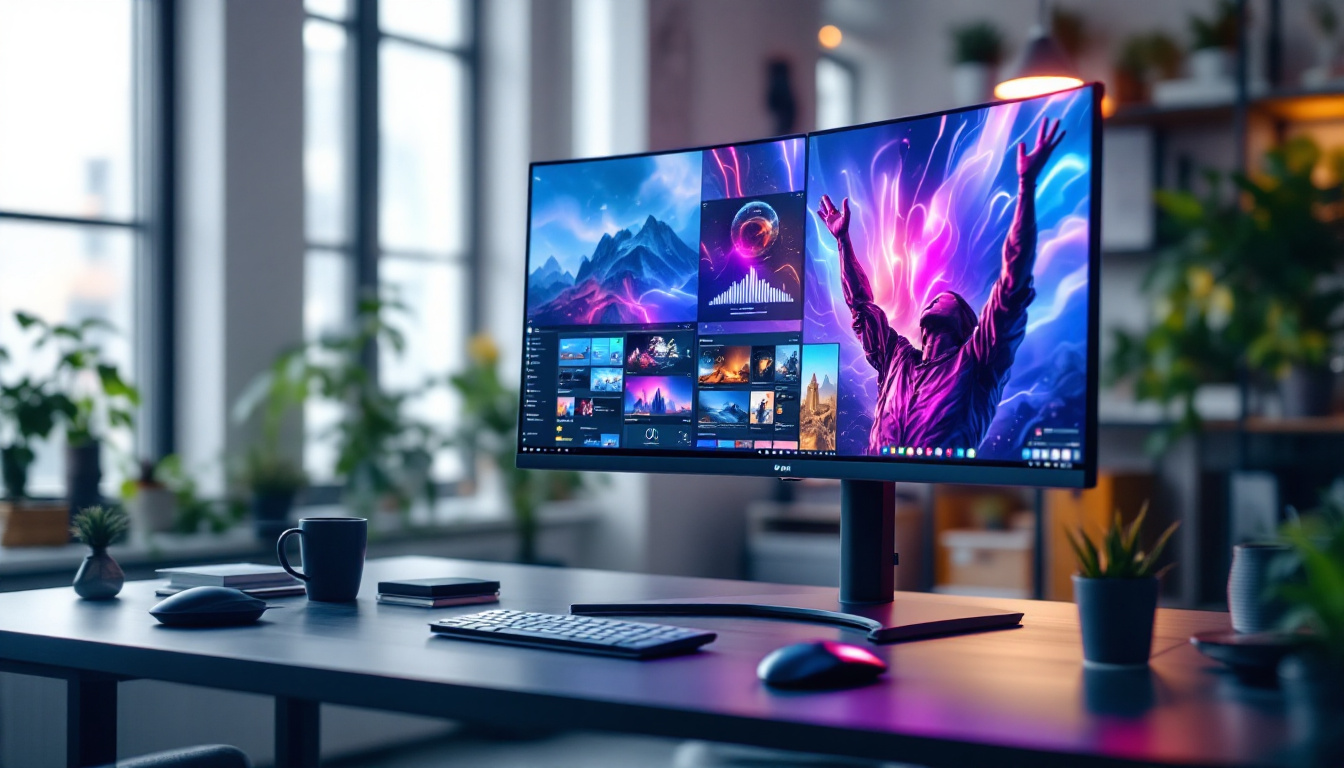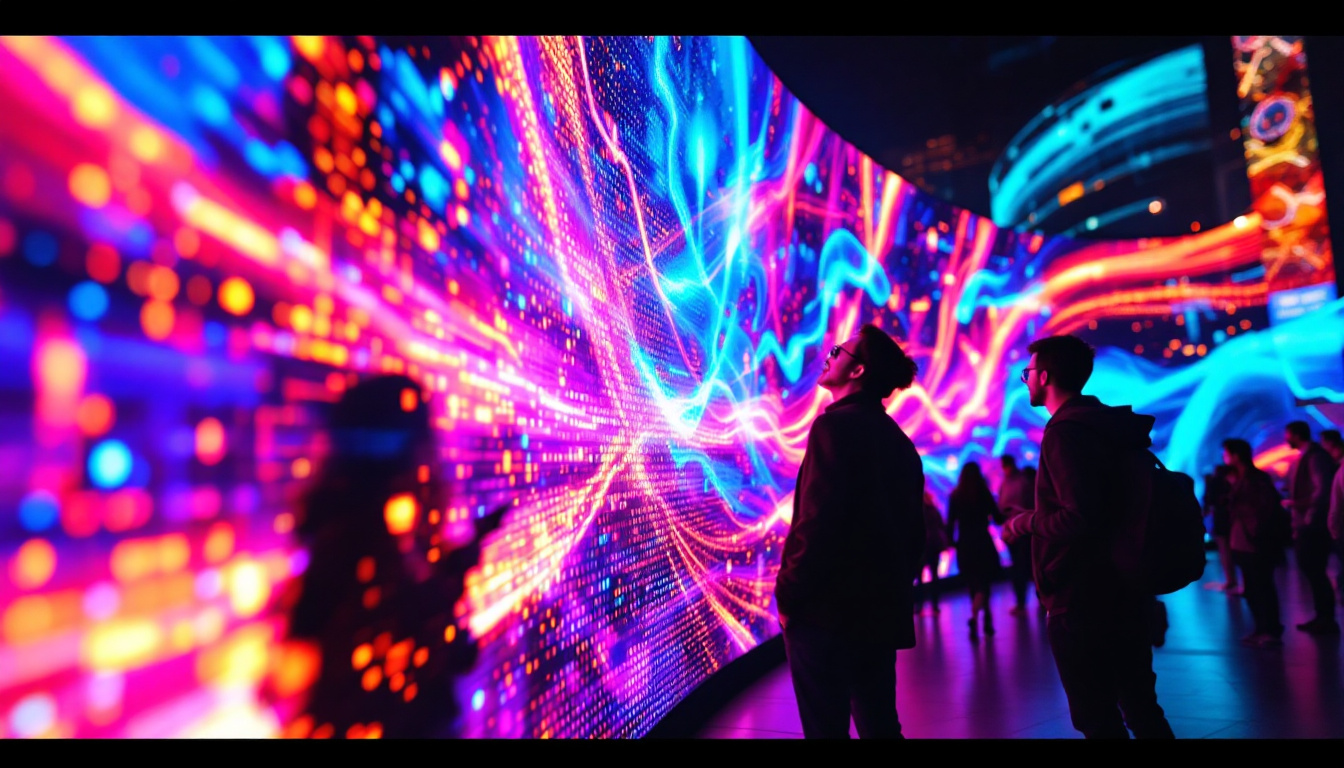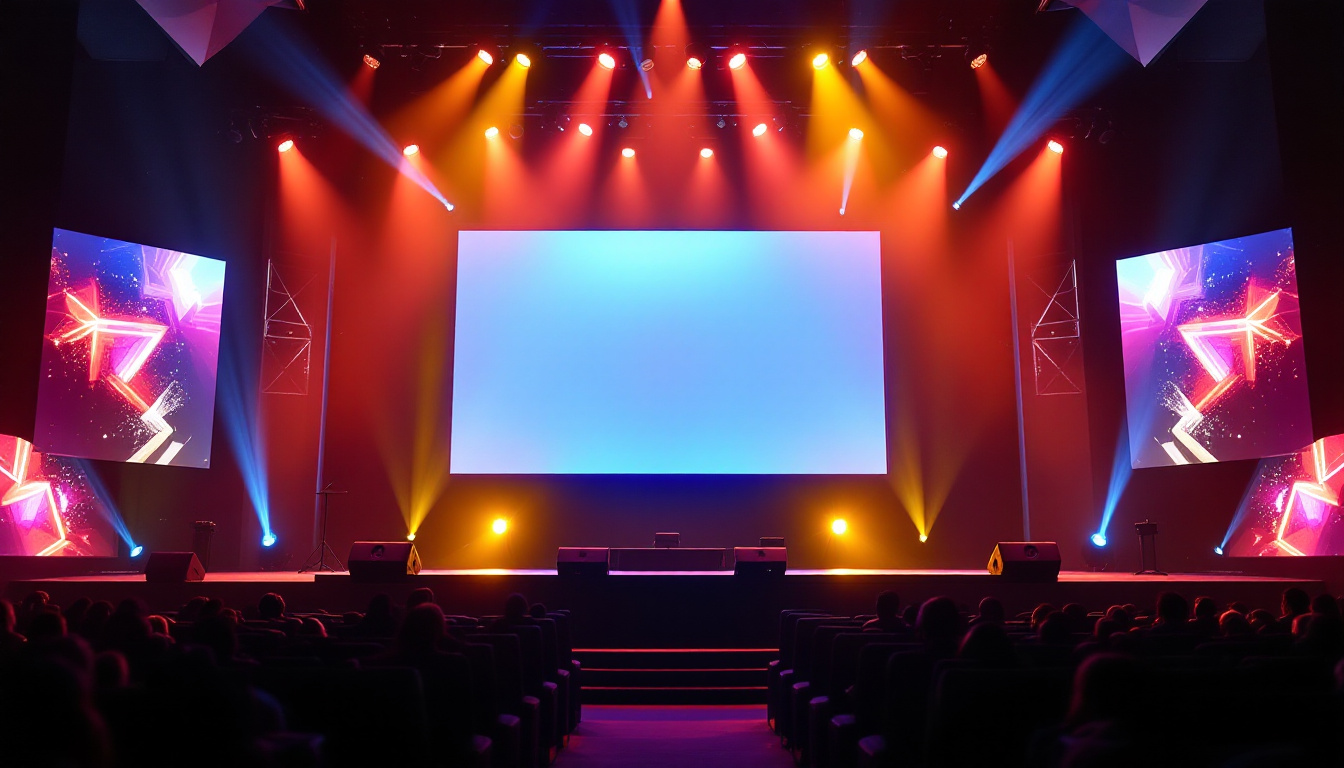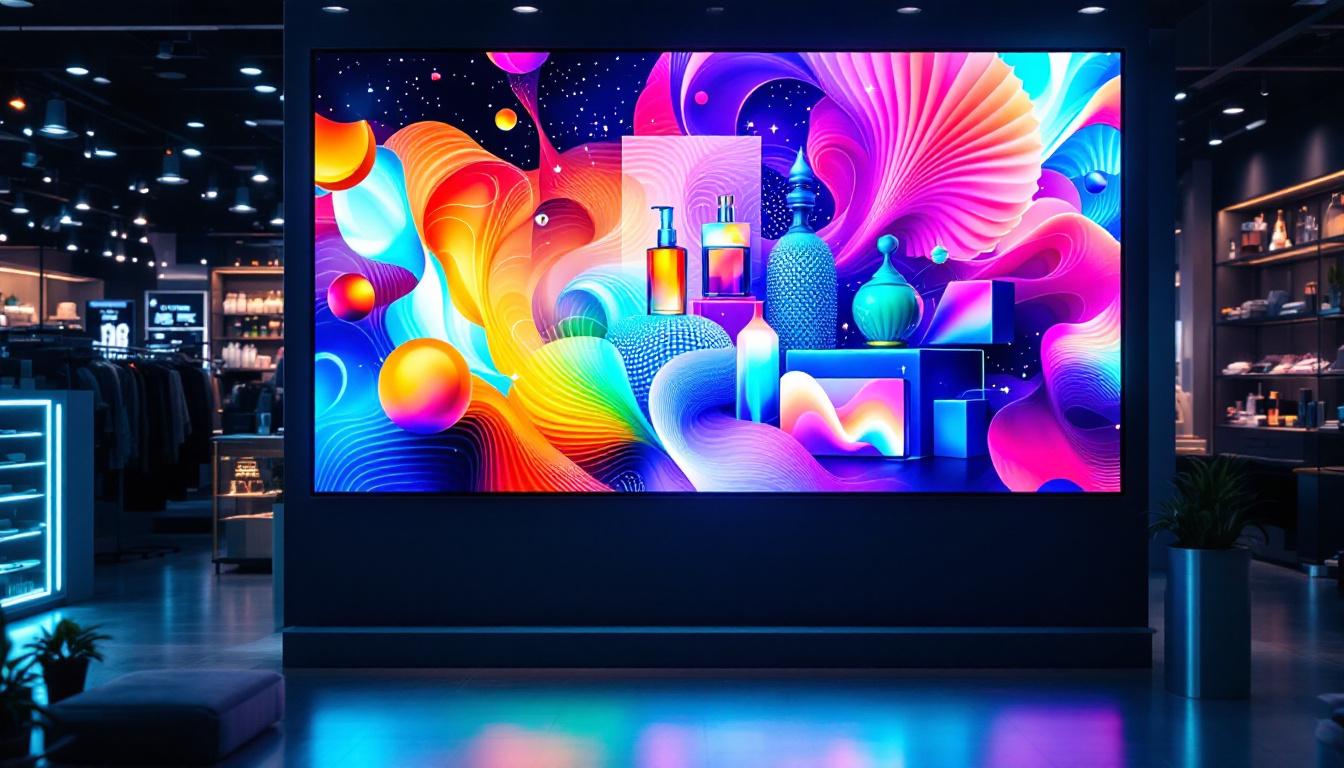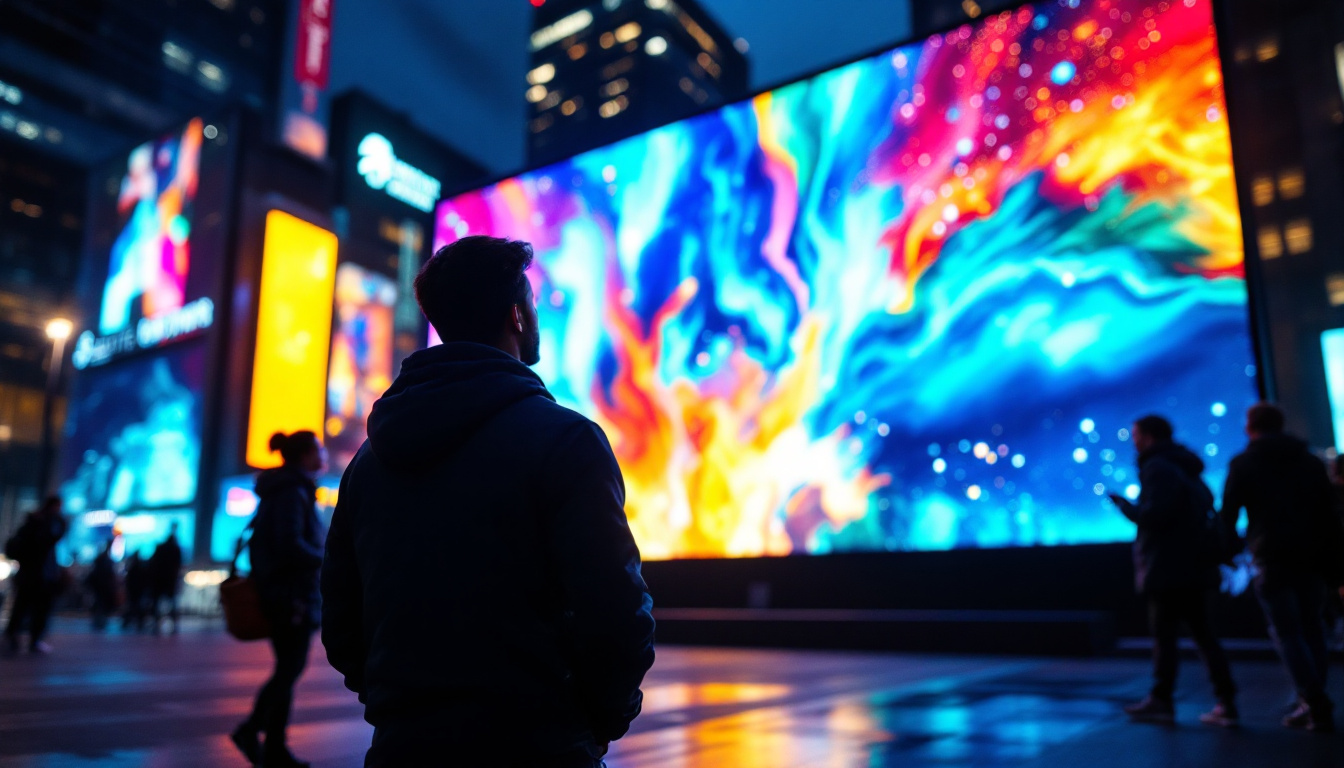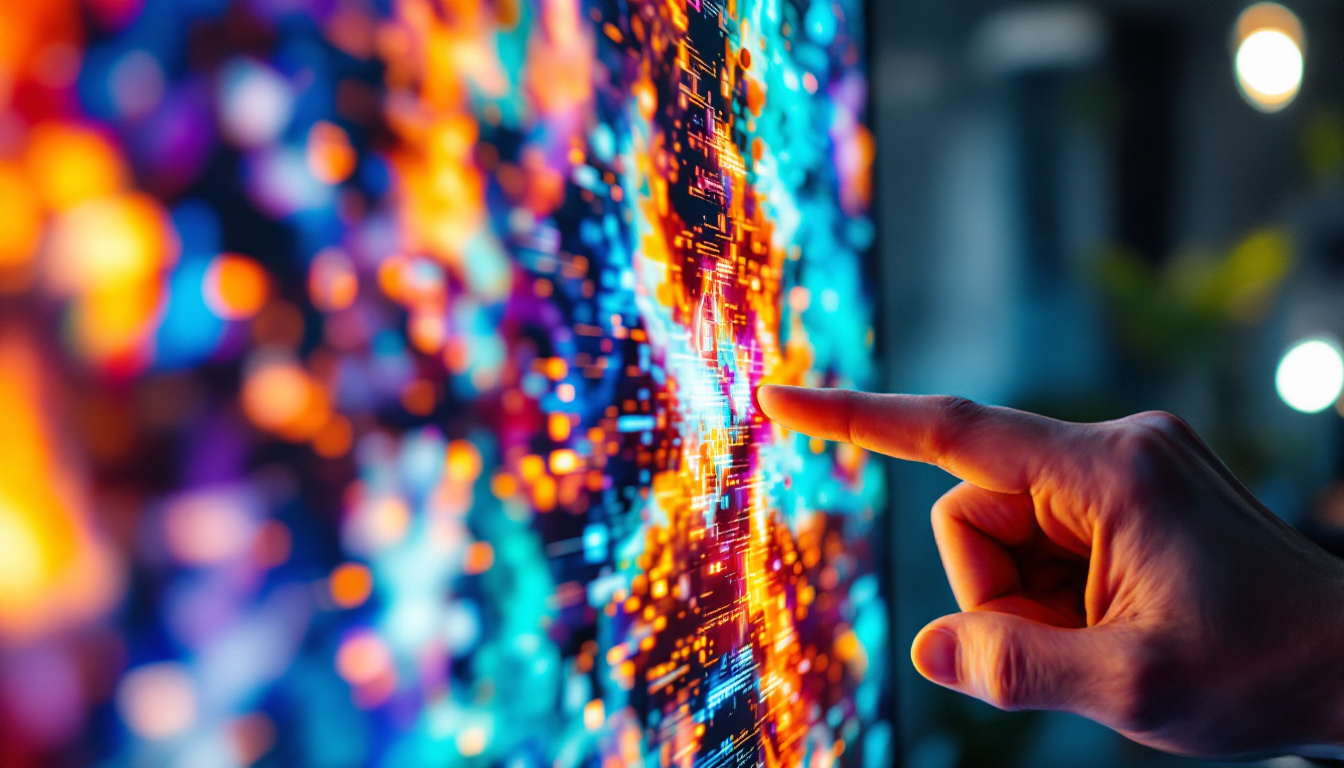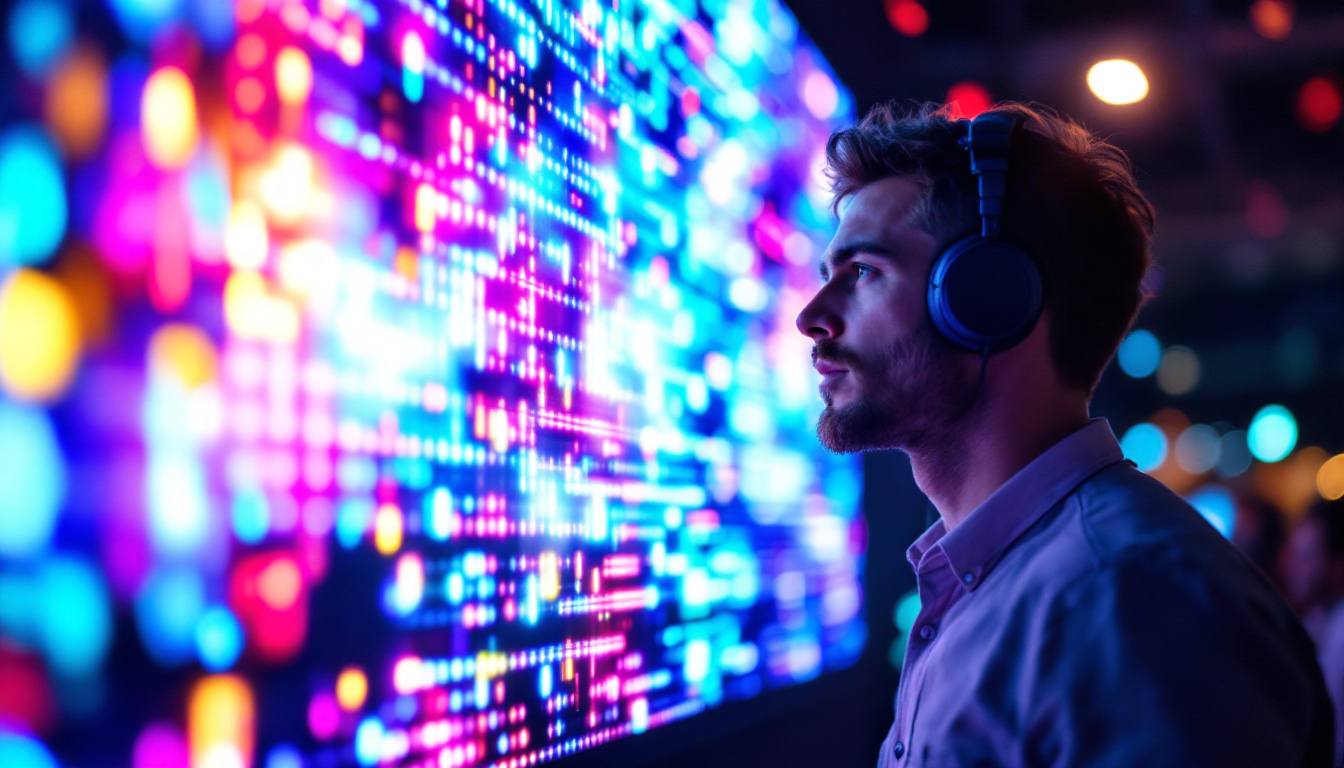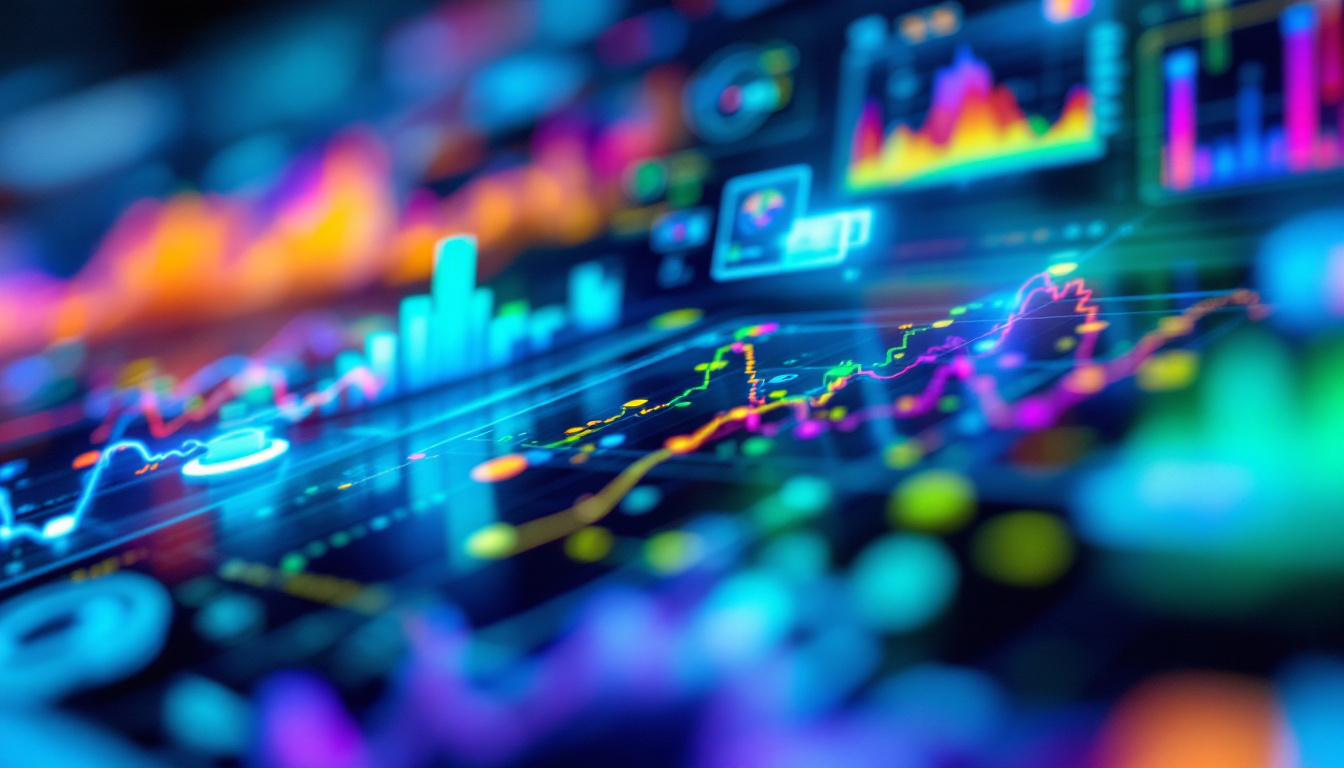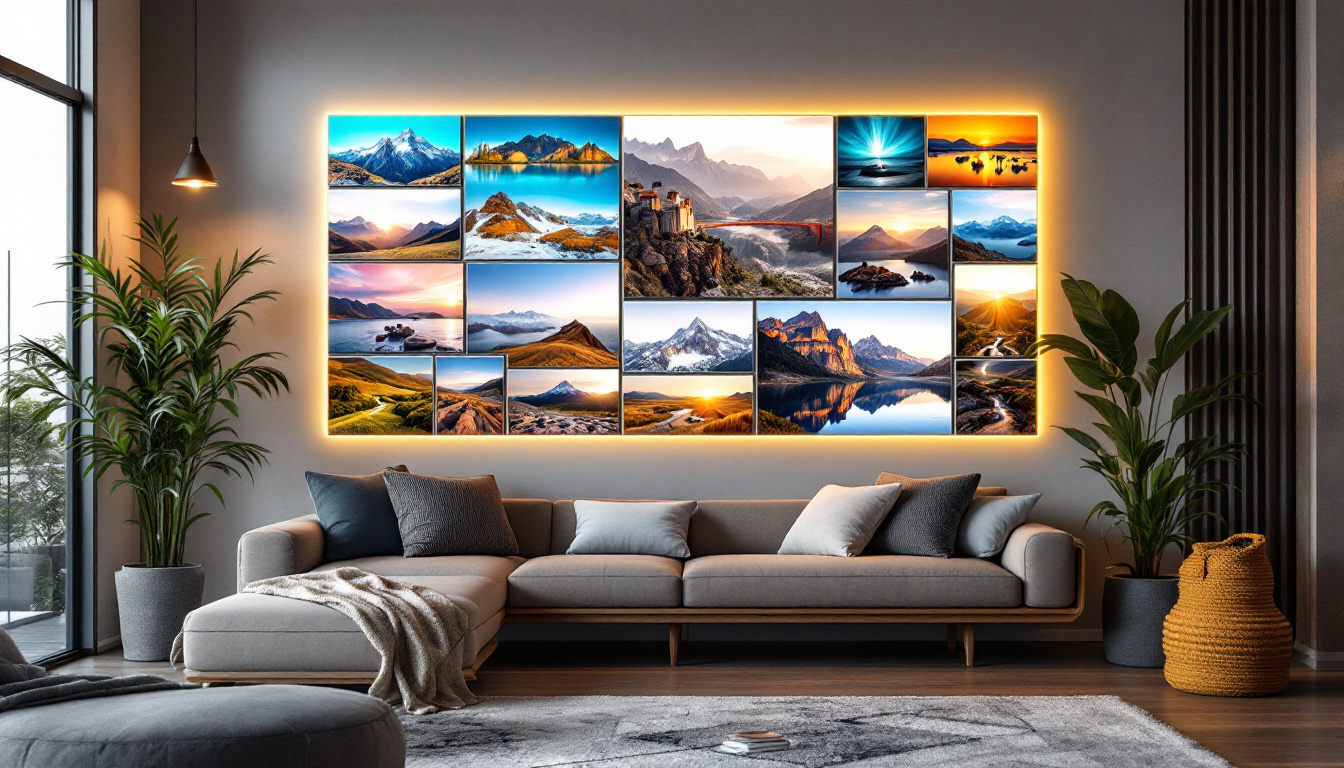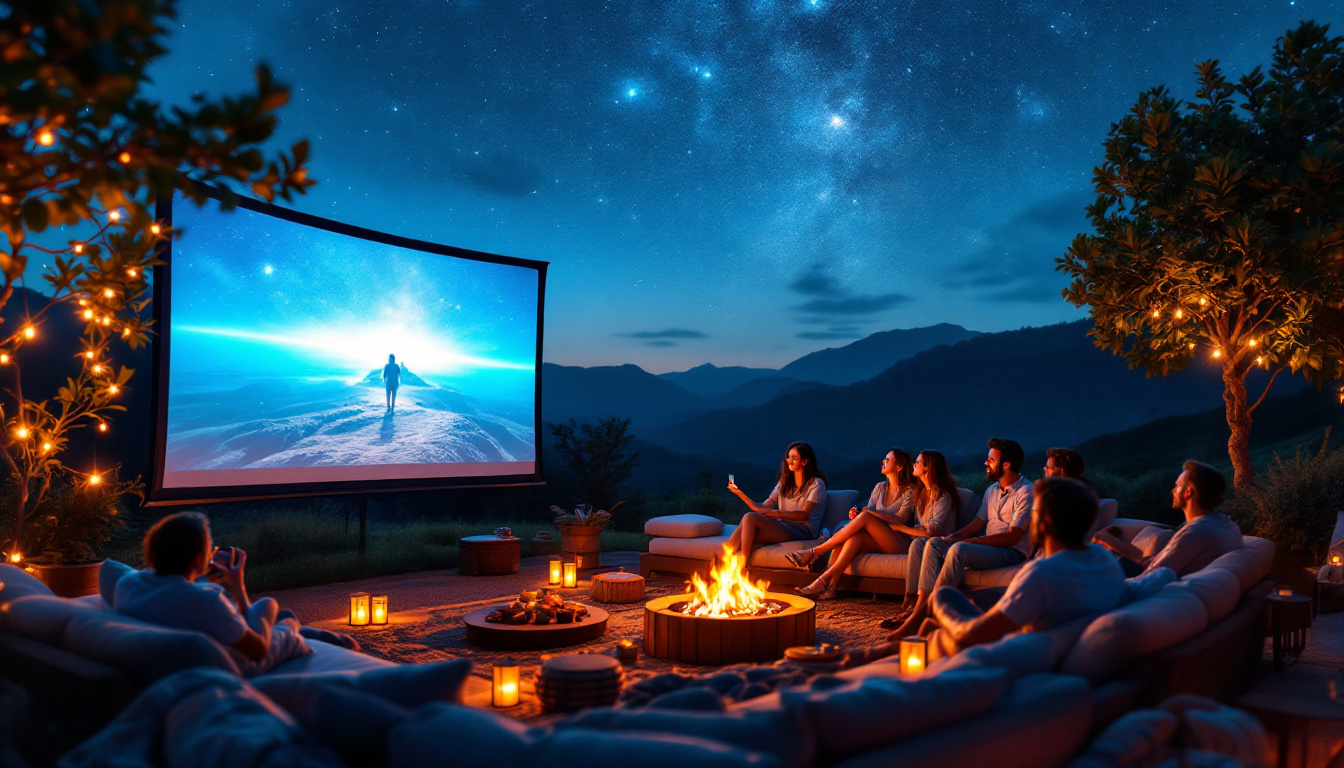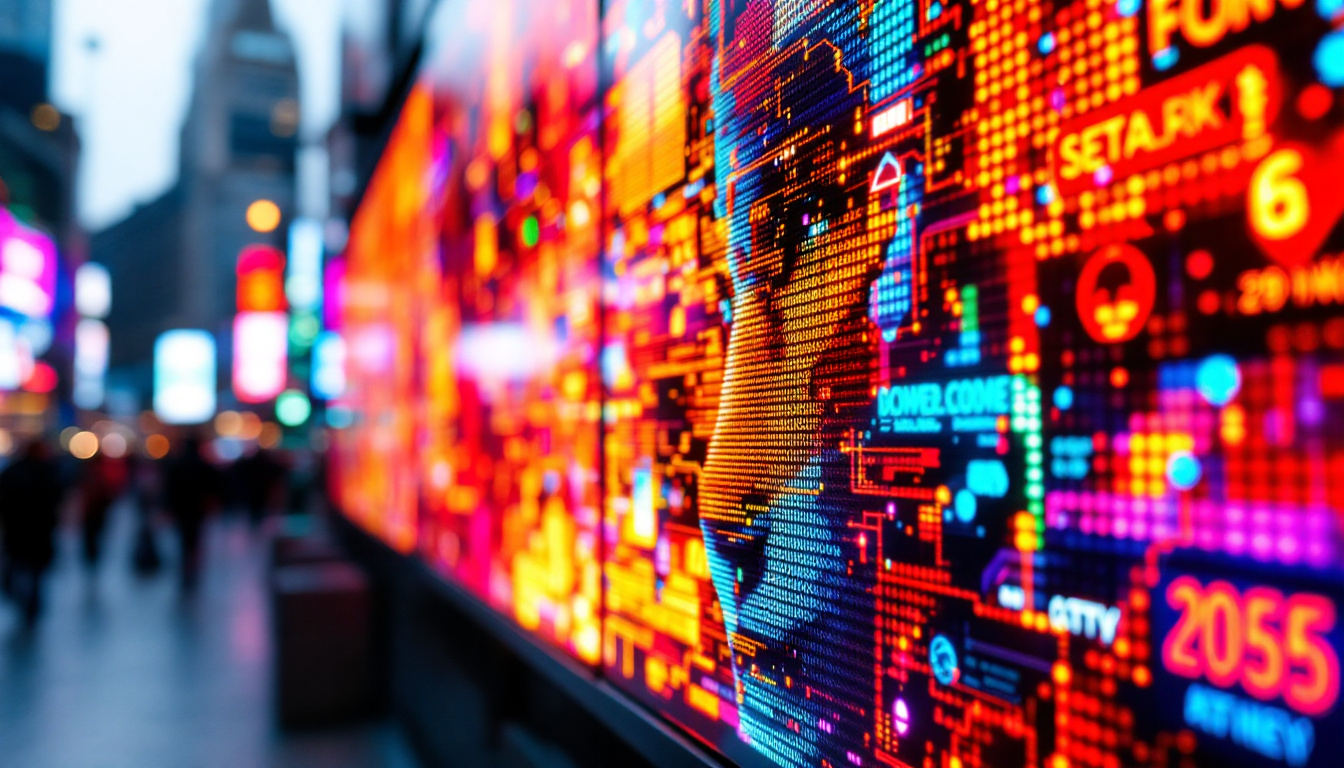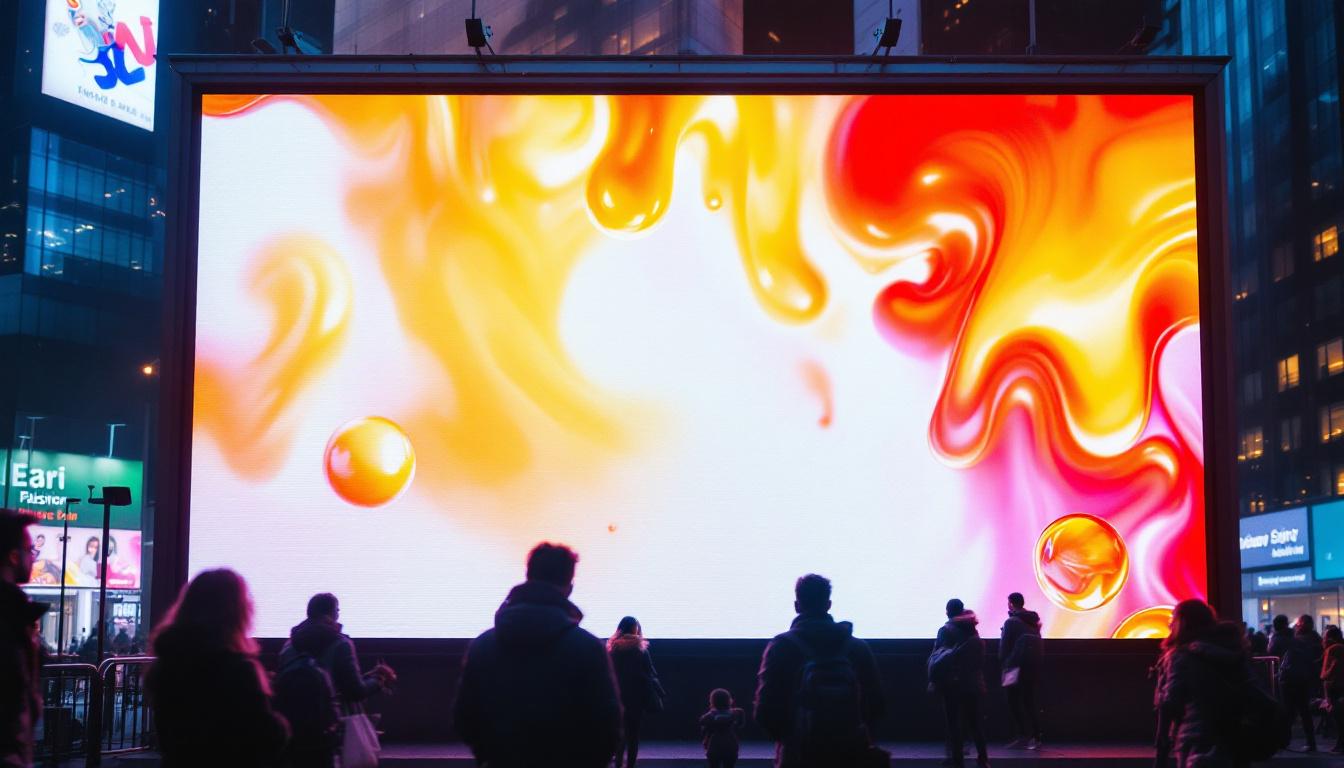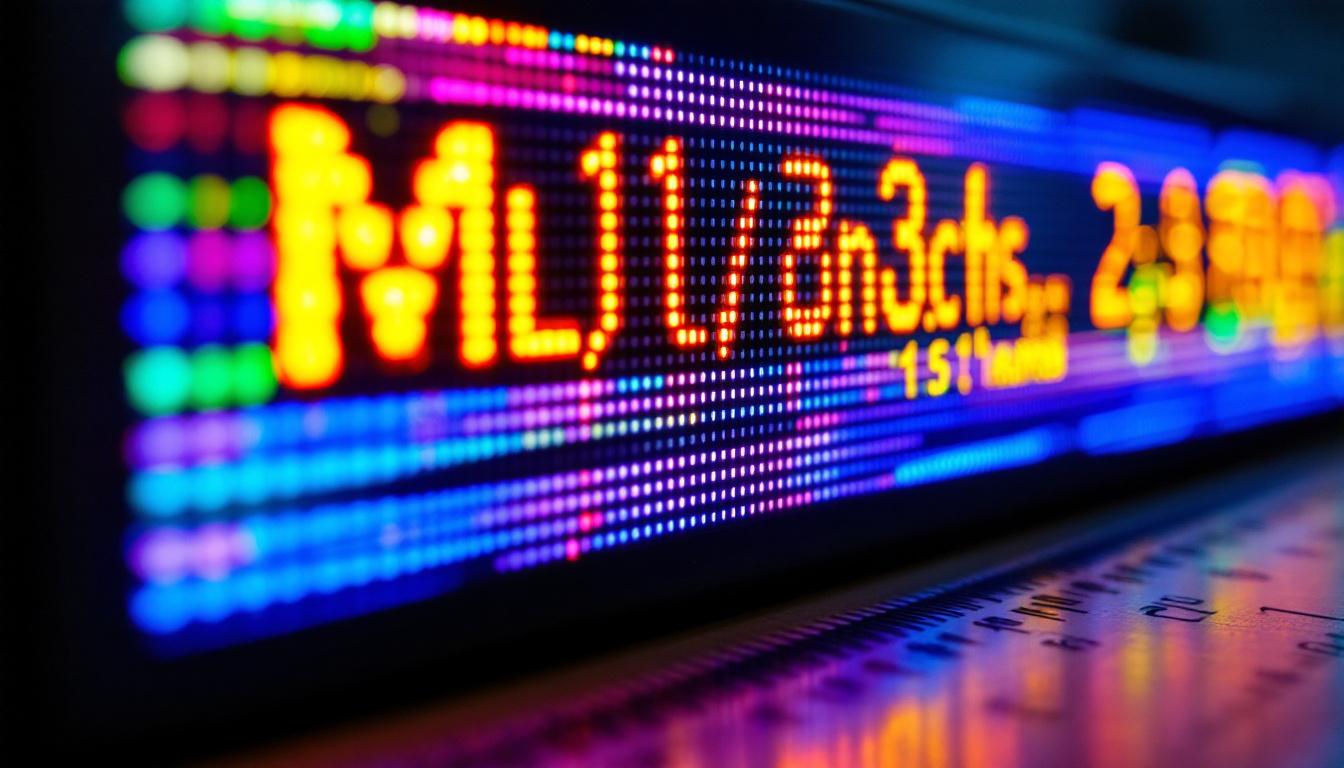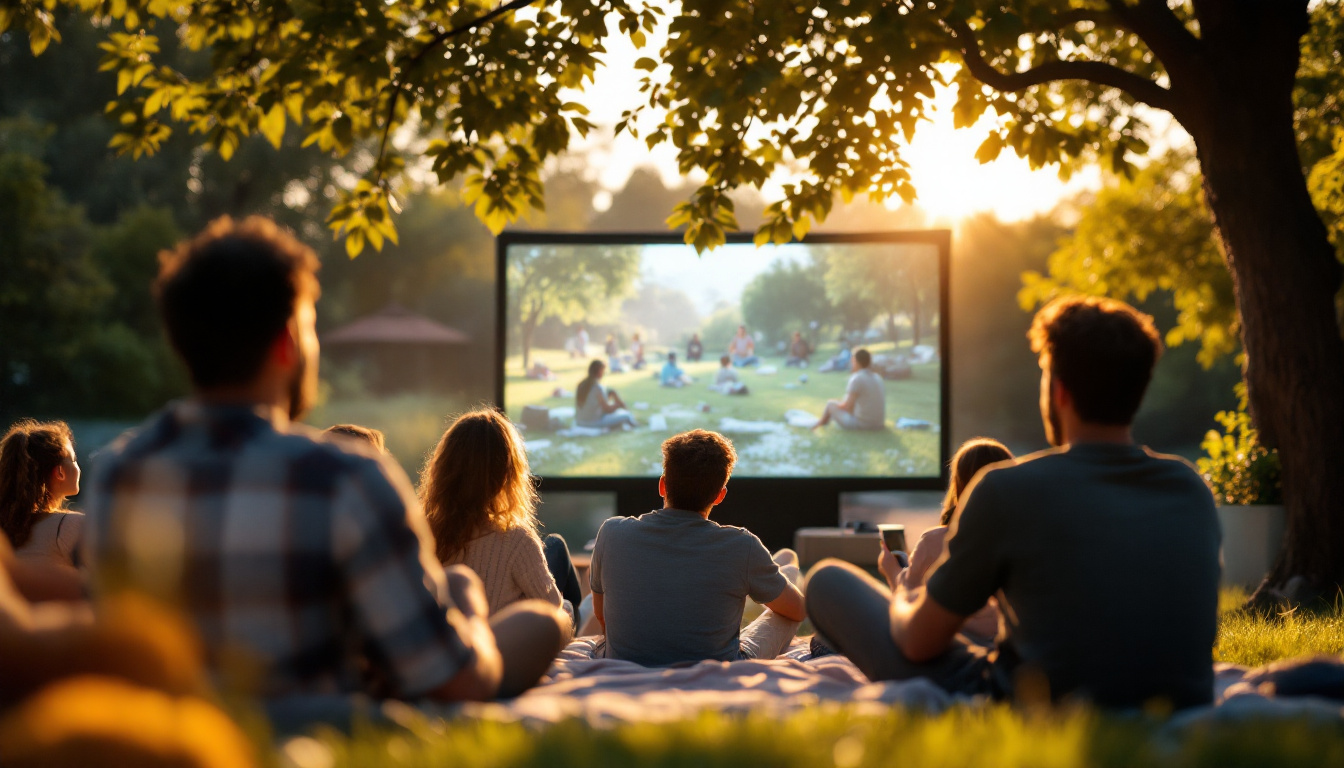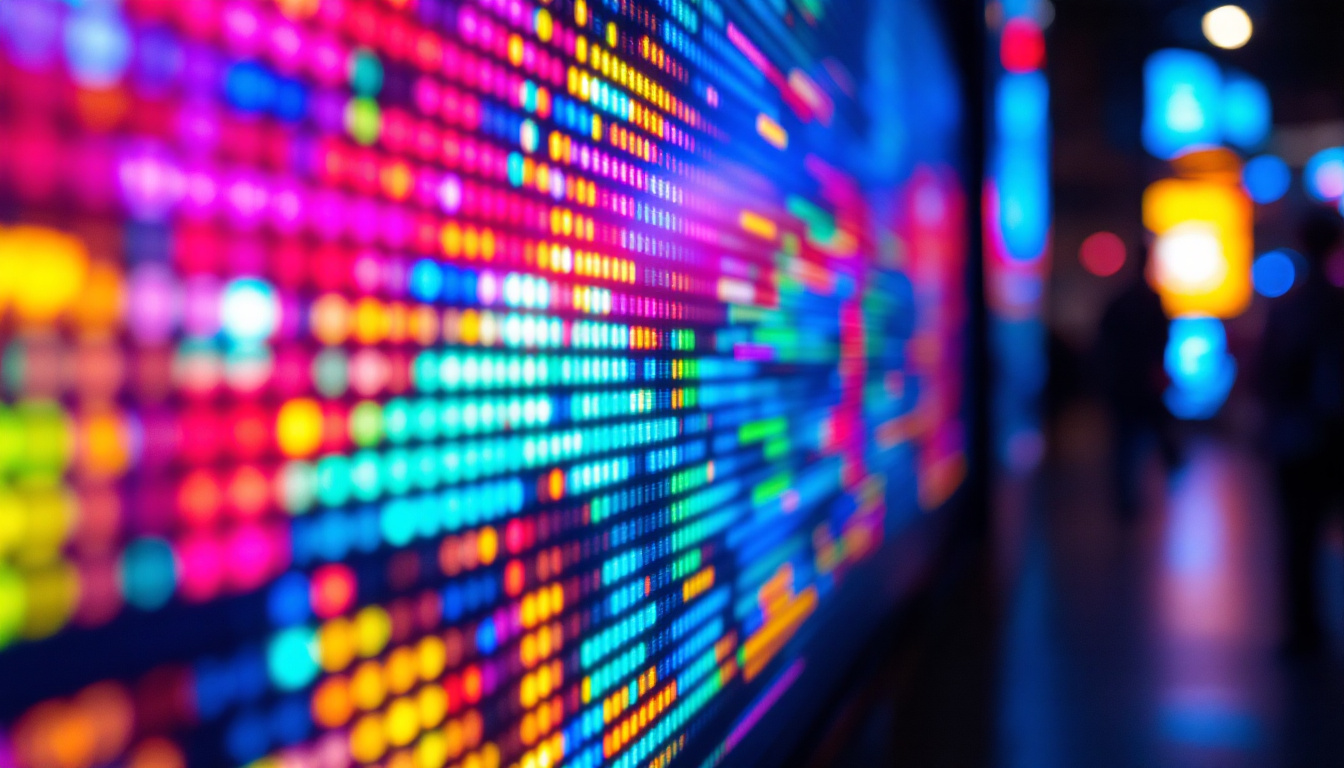In today’s fast-paced digital world, the way information is communicated visually has evolved dramatically. Among the most innovative and impactful technologies reshaping advertising, public information, and entertainment is DOOH — Digital Out-Of-Home advertising. Central to this phenomenon are LED displays, which have become the backbone of vibrant, dynamic outdoor digital signage. This article delves into the meaning of DOOH, explores the technology behind LED displays, and explains why this combination is revolutionizing how brands and messages connect with audiences in public spaces.
What Does DOOH Mean?
DOOH stands for Digital Out-Of-Home advertising. It refers to digital media used for marketing and communication in public spaces, outside the home environment. Unlike traditional static billboards or posters, DOOH utilizes digital screens to deliver dynamic content that can be updated in real-time.
This form of advertising has grown exponentially in recent years due to its ability to engage audiences with motion graphics, videos, and interactive content. It covers a wide range of formats including digital billboards, transit displays, street furniture screens, and even digital projections on buildings. The versatility of DOOH allows brands to experiment with various creative strategies, from countdowns to product launches to live social media feeds, making it an exciting medium for advertisers looking to capture attention.
According to industry reports, the global DOOH market was valued at over $15 billion in 2023 and is projected to grow at a compound annual growth rate (CAGR) of around 10% through 2030. This growth is driven by advancements in display technology, increasing urbanization, and the demand for more engaging advertising formats. As cities become more crowded and digital-savvy, the integration of DOOH into urban landscapes is becoming a common sight, transforming how brands connect with consumers on the go.
Why DOOH Matters
DOOH is significant because it bridges the gap between traditional outdoor advertising and digital marketing. It offers advertisers the flexibility to change messaging instantly, target specific audiences based on location or time of day, and measure engagement more effectively than static media. This adaptability not only enhances the relevance of the advertisements but also allows for real-time responses to current events or trends, making campaigns more timely and impactful.
For consumers, DOOH provides a more visually appealing and relevant experience. Instead of being bombarded with repetitive static ads, passersby encounter fresh, contextually relevant content that can inform, entertain, or influence purchasing decisions. Moreover, the interactive elements of some DOOH campaigns, such as QR codes or touch screens, invite consumer participation, creating a two-way dialogue that can deepen brand loyalty. As technology continues to evolve, the potential for augmented reality (AR) and virtual reality (VR) integrations within DOOH is also on the horizon, promising even more immersive experiences that captivate audiences in innovative ways.
The Role of LED Displays in DOOH
At the heart of DOOH is the LED display — a technology that has transformed digital signage with its brightness, durability, and versatility. LED stands for Light Emitting Diode, a semiconductor device that emits light when an electric current passes through it. LED displays are composed of thousands to millions of these tiny diodes arranged in panels to create images and videos.
LED technology offers several advantages that make it ideal for outdoor digital signage:
- Brightness: LEDs can produce extremely high brightness levels, making them visible even in direct sunlight. This is crucial for outdoor environments where ambient light can wash out less powerful displays.
- Energy Efficiency: Compared to older display technologies such as LCD or plasma, LEDs consume less power while delivering superior brightness and color accuracy.
- Durability: LED displays are designed to withstand harsh weather conditions, including rain, wind, and temperature extremes, ensuring long-term reliability.
- Flexibility: LED panels can be manufactured in various sizes and shapes, allowing for creative installations on building facades, curved surfaces, and irregular structures.
Types of LED Displays Used in DOOH
DOOH LED displays come in several formats tailored to different applications:
- Outdoor LED Billboards: Large-scale displays typically mounted on highways or urban centers, designed for maximum visibility from long distances.
- Street Furniture Displays: Smaller LED screens integrated into bus shelters, kiosks, or benches, delivering localized advertising and information.
- Transit Displays: LED screens installed in subways, train stations, and buses, targeting commuters with dynamic content.
- Building Wraps and Facades: Massive LED installations that cover entire building exteriors, creating immersive brand experiences and landmark displays.
How LED Displays Work in DOOH Environments
Understanding how LED displays function in DOOH settings helps clarify why they are so effective. Each LED display consists of multiple modules, each containing an array of red, green, and blue (RGB) LEDs. By controlling the intensity of these individual LEDs, the display can produce a full spectrum of colors, forming vivid images and videos.
Content for DOOH LED displays is managed through sophisticated software platforms that allow advertisers to schedule, target, and optimize messaging. These platforms often integrate data inputs such as weather conditions, traffic flow, or audience demographics to tailor content dynamically.
Pixel Pitch and Resolution
An important technical aspect of LED displays is pixel pitch — the distance between the centers of two adjacent pixels. A smaller pixel pitch means higher resolution and sharper images, which is critical for displays viewed at close range, such as street furniture screens. Conversely, larger pixel pitches are suitable for billboards viewed from a distance, where ultra-high resolution is less necessary.
For example, a pixel pitch of 10mm or more is common for highway billboards, while indoor or street-level displays may use pixel pitches as low as 1.5mm to 4mm for crisp visuals.
Brightness and Color Calibration
Outdoor LED displays must maintain consistent brightness and color accuracy regardless of ambient lighting conditions. Modern LED displays incorporate sensors that automatically adjust brightness levels to optimize visibility without causing glare or excessive power consumption.
Color calibration is also essential to ensure brand colors and content appear as intended. Regular maintenance and software updates help preserve image quality over the lifespan of the display.
Benefits of DOOH with LED Displays for Advertisers and Brands
DOOH powered by LED technology offers numerous benefits that make it a compelling choice for advertisers and brands aiming to maximize impact in outdoor environments.
Dynamic and Engaging Content
Unlike static billboards, LED displays enable the use of motion graphics, animations, and video content that capture attention more effectively. This dynamic content can convey complex messages, evoke emotions, and create memorable brand experiences.
Real-Time Updates and Targeting
Advertisers can change messaging instantly based on time of day, weather, events, or audience demographics. For example, a coffee brand might promote hot beverages in the morning and iced drinks in the afternoon, or a retailer can push flash sales during specific hours.
Improved Measurement and Analytics
Many DOOH campaigns leverage sensors, cameras, and data analytics to measure audience engagement and optimize content delivery. This data-driven approach allows marketers to refine strategies and demonstrate return on investment more effectively.
Cost Efficiency Over Time
While initial installation costs for LED displays can be higher than traditional signage, the ability to update content without printing new materials reduces ongoing expenses. Additionally, energy-efficient LEDs lower operational costs.
Challenges and Considerations in DOOH LED Deployments
Despite its advantages, deploying LED displays for DOOH advertising comes with challenges that require careful planning and management.
Initial Investment and Maintenance
High-quality LED displays and installation can be capital-intensive. Furthermore, regular maintenance is necessary to address issues such as dead pixels, weather damage, or software glitches to ensure consistent performance.
Regulatory and Environmental Factors
Many cities have regulations governing the brightness, placement, and content of outdoor digital signage to prevent light pollution and distractions to drivers. Compliance with these rules is critical to avoid fines or removal.
Environmental sustainability is also a growing concern. Manufacturers and advertisers are increasingly focusing on energy-efficient designs and responsible disposal or recycling of electronic components.
Content Management Complexity
Managing content across multiple locations and screens requires robust software solutions and skilled personnel. Ensuring content relevance, quality, and legal compliance can be complex, especially for large-scale campaigns.
The Future of DOOH and LED Display Technology
The DOOH industry continues to evolve rapidly, driven by technological innovation and changing consumer behaviors. Emerging trends promise to enhance the effectiveness and interactivity of LED-based digital signage.
Integration with Artificial Intelligence and Data Analytics
AI-powered content management systems can analyze real-time data such as foot traffic, weather, and social media trends to deliver hyper-targeted advertisements. This level of personalization increases engagement and campaign effectiveness.
Interactive and Immersive Experiences
Advances in touch-sensitive LED displays, augmented reality (AR), and 3D visualization are enabling more interactive DOOH campaigns. These technologies invite audience participation, creating memorable brand interactions.
Energy Innovations and Sustainability
Ongoing improvements in LED efficiency, solar-powered displays, and smart energy management systems are reducing the environmental impact of DOOH installations. Sustainable practices are becoming a priority for both manufacturers and advertisers.
Conclusion
DOOH, or Digital Out-Of-Home advertising, represents a transformative shift in how brands communicate with audiences in public spaces. At the core of this revolution are LED displays — bright, durable, and versatile technologies that bring digital content to life outdoors.
Understanding the meaning of DOOH and the technology behind LED displays is essential for marketers, advertisers, and urban planners looking to harness the power of digital signage. With its dynamic content capabilities, real-time adaptability, and growing integration with data and AI, DOOH is set to become an even more influential medium in the years ahead.
For businesses seeking to engage consumers beyond traditional channels, investing in LED-based DOOH advertising offers a compelling opportunity to stand out, connect, and drive results in an increasingly digital world.
Discover the Future of Visual Engagement with LumenMatrix
As you consider the transformative power of DOOH and the pivotal role of LED displays in creating engaging public spaces, LumenMatrix stands at the forefront of this digital revolution. Our commitment to innovation ensures that our range of LED display solutions, from Indoor and Outdoor LED Wall Displays to specialized options like Vehicle, Sports, and Floor LED Displays, not only enhance brand visibility but also create immersive visual experiences that captivate and resonate with audiences. Embrace the future of visual communication with LumenMatrix and let our cutting-edge technology empower your business to make a lasting impact. Check out LumenMatrix LED Display Solutions and see how our commitment to excellence can elevate your messaging in the digital age.


